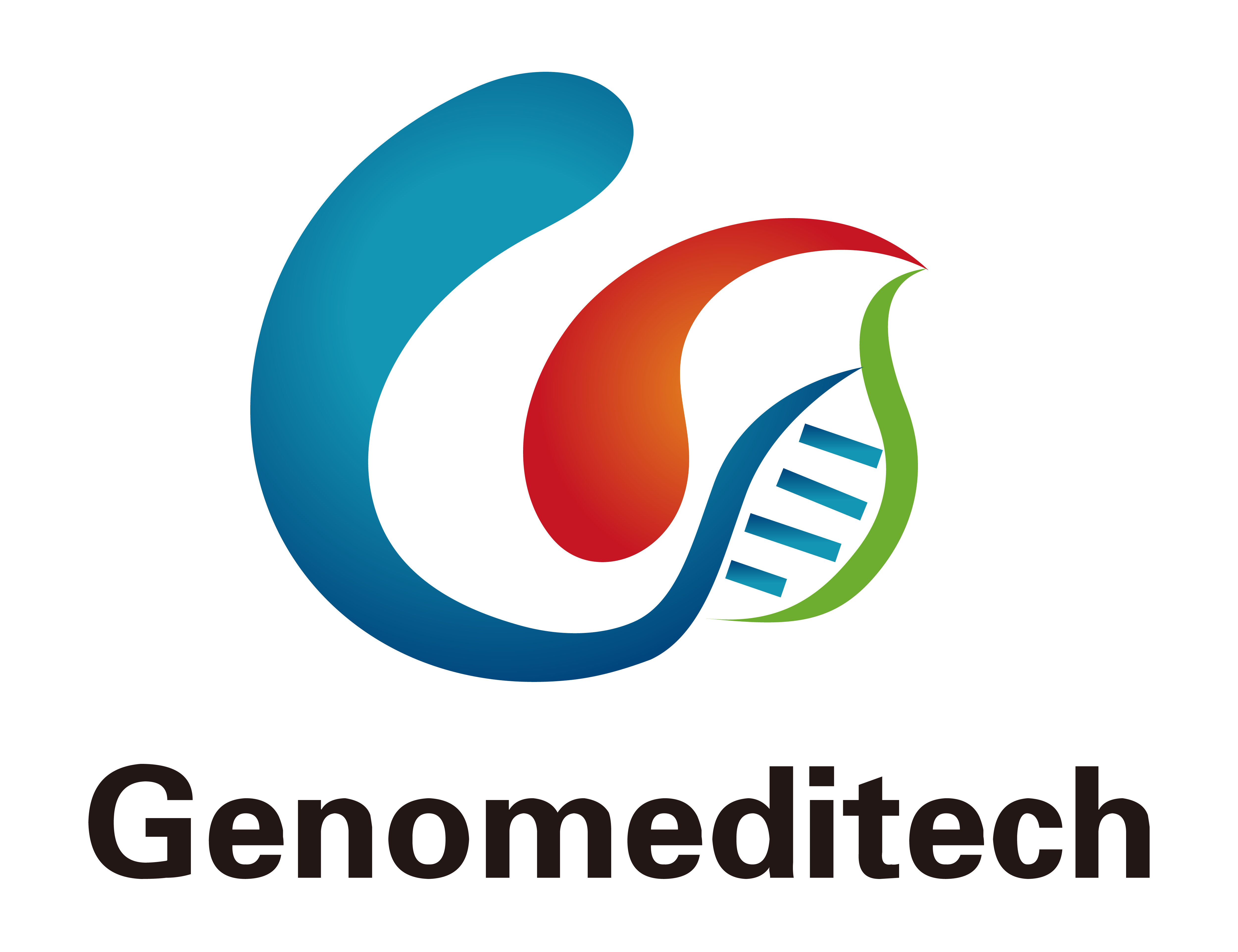TL1A (TNF-like ligand 1A) and DR3 (Death Receptor 3) are key members of the tumor necrosis factor (TNF) superfamily, playing critical roles in regulating immune system function and inflammatory responses. TL1A is the ligand for DR3, and their interaction is involved in the activation, proliferation, and apoptosis of T cells, B cells, and natural killer (NK) cells, making them highly significant in various immune-related diseases.
TL1A, encoded by the TNFSF15 gene, is a transmembrane protein that can also be cleaved by proteases to form a soluble molecule. It is primarily secreted by antigen-presenting cells (such as dendritic cells and monocytes) in response to inflammatory stimuli. By binding to DR3, TL1A activates downstream signaling pathways, such as NF-κB and MAPK, to regulate immune cell functions. TL1A is highly expressed in inflammatory diseases such as inflammatory bowel disease (IBD, including Crohn’s disease and ulcerative colitis), rheumatoid arthritis (RA), and psoriasis, where it promotes inflammatory responses.
DR3, encoded by the TNFRSF25 gene, is a type I transmembrane protein belonging to the TNF receptor superfamily. It is primarily expressed on T cells, NK cells, and certain B cell subsets. The intracellular domain of DR3 contains a death domain (DD), which can recruit downstream signaling molecules via FADD (Fas-associated death domain) to activate apoptotic or pro-inflammatory signaling pathways. DR3 is the only known receptor for TL1A and regulates T cell activation, proliferation, and differentiation through its interaction with TL1A. The TL1A-DR3 signaling pathway is an important therapeutic target for treating autoimmune diseases such as inflammatory bowel disease and rheumatoid arthritis.
Genomeditech provides functional cell lines, overexpression cell lines, proteins, and antibodies related to TL1A and DR3 targets, supporting the activity validation of TL1A- and DR3-targeted drugs. These tools will help researchers better evaluate and optimize the development of TL1A- and DR3-related drugs, advancing their application in immunotherapy.
















